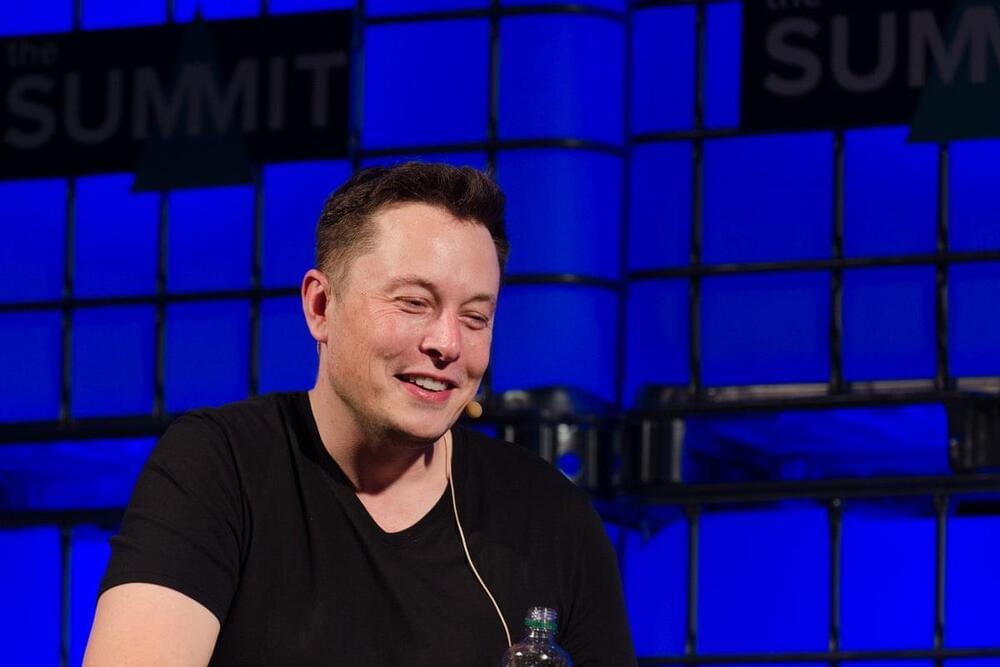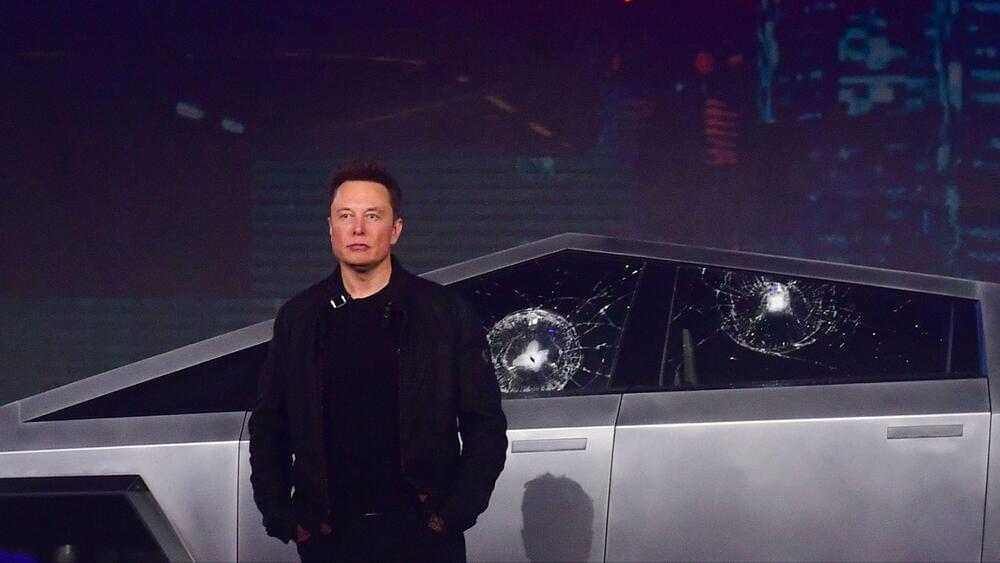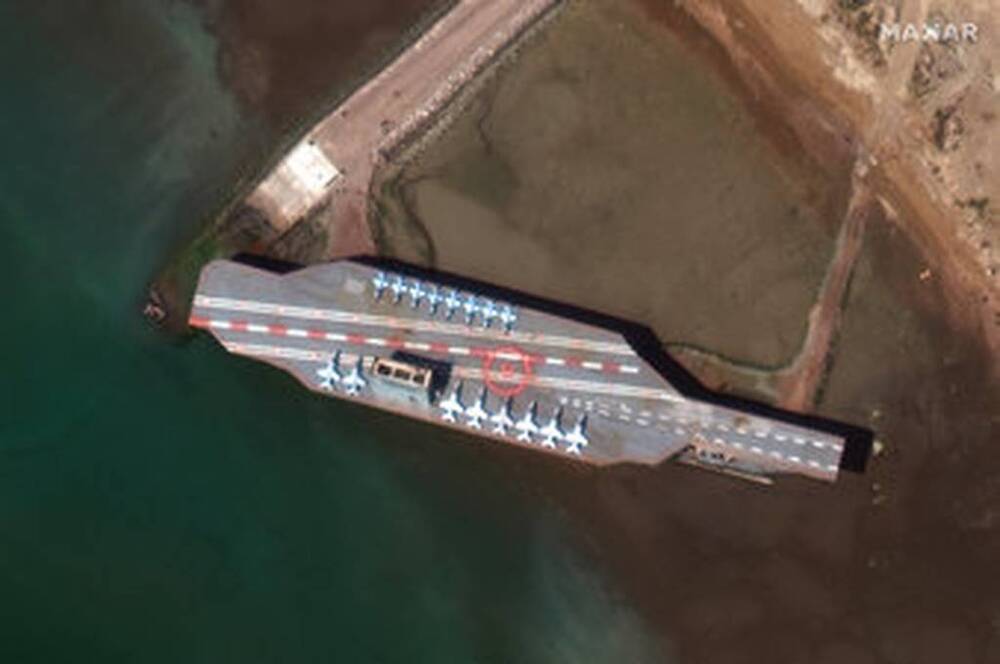Trey Parker and Matt Stone’s AI studio Deep Voodoo said Wednesday that it has secured a $20 million in an investment round led by Connect Ventures. The South Park creators’ startup said it will use the capital to accelerate its development of deep-fake technology, VFX services and original synthetic media projects.
Connect Ventures is an investment partnership between CAA and venture capital firm New Enterprise Associates and represents the first outside capital raise for Deep Voodoo, which was previously funded by Parker and Stone’s entertainment company Park County.
Parker and Stone originally began building out their deep fake technology in early 2020, assembling a team of artists for a feature film they had developed. When the film was suspended amid the Covid shutdown, they pivoted to building out those deep-fake tools.






